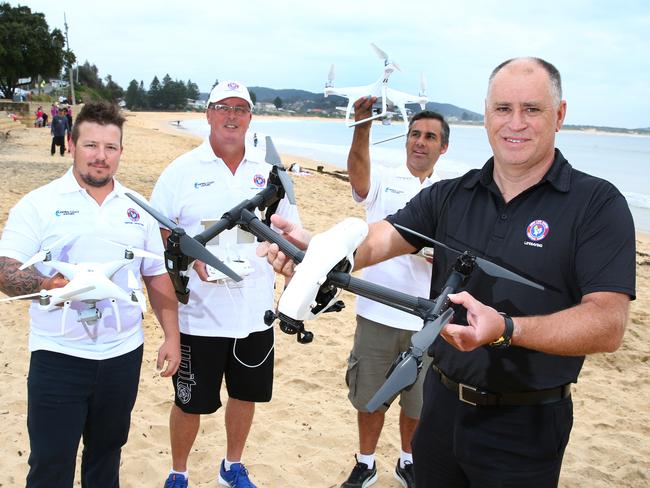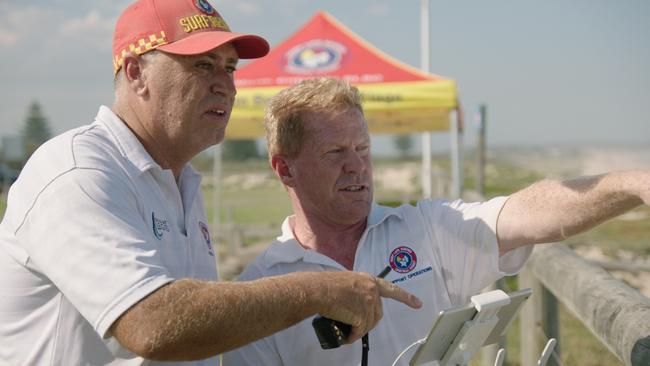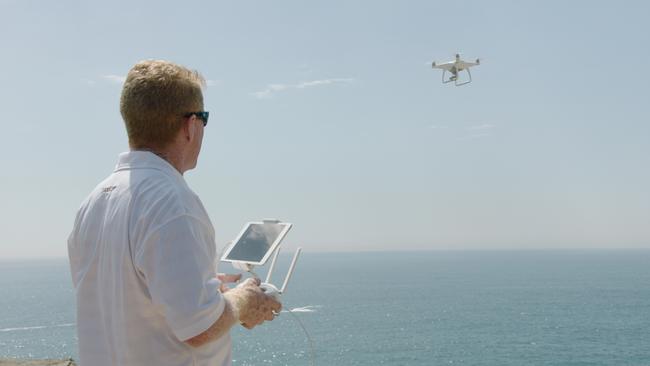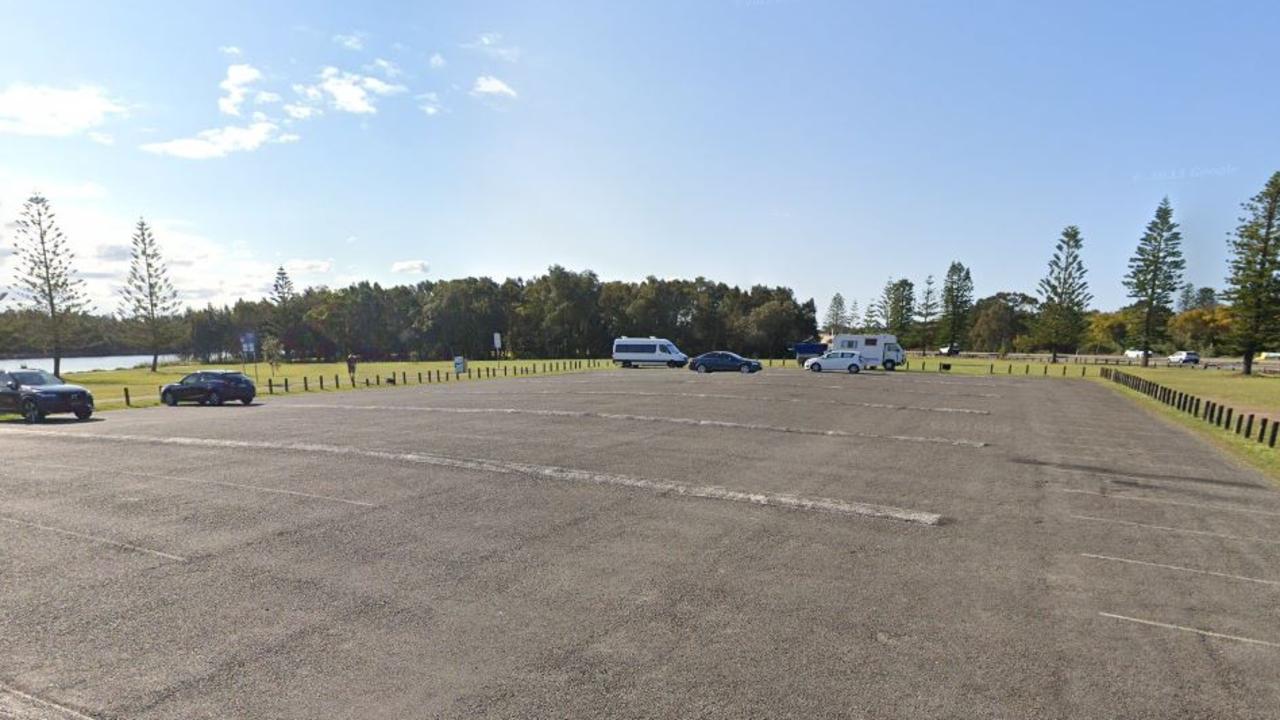Surf Life Saving Central Coast working with tech giant on drones
SURF Life Saving Central Coast has been sought out by one of the world’s leaders in drone technology to help provide eyes in the sky to keep beachgoers safe.

Central Coast
Don't miss out on the headlines from Central Coast. Followed categories will be added to My News.
SURF Life Saving Central Coast has been sought out by one of the world’s leaders in drone technology to help develop best practices for the eyes in the sky to keep beachgoers safe.
Headquartered in Shenzhen, China, drone-making giant DJI has been working with volunteer drone operators from the Coast branch to integrate drones in their work on the beach.
Branch lifesaving director Brett Beswick said it was a win-win for both organisations.

“Initially it’s helping with the ongoing cost of equipment and we’re giving them feedback on the equipment,” Mr Beswick said.
“In the future we hope to work with them to develop more specific rescue drones as the technology develops.”
A DJI spokeswoman said the company spoke with other Australian surf lifesaving branches but found the Coast branch to be the “most progressive”.

“DJI is working closely with emergency responders around the world to identify how drones best add value in critical, time-sensitive and often dangerous situations. Australia is home to some of the world’s most professional lifesaving clubs and it’s an honour to be working with SLSCC to identify best practices to keep beachgoers safe with drones,” DJI head of stakeholder relations Caroline Briggert said.
A DJI team recently spent time on the Coast to film a three-minute YouTube video entitled Australian Coastline Watch, with company heavyweights reportedly blown away by the challenges lifesavers faced.
Mr Beswick was excited about the future involvement of drones in surf lifesaving.
“This season has been more the development stage and moving forward we’ll have them on the beaches every weekend for surveillance and responding to emergencies,” he said.
DJI research in mountainous areas has found a drone can find a missing person in a one-square-kilometre area within 20 minutes, more than five times faster than traditional methods, and similar lifesaving efficiencies are expected in rugged coastal areas.


